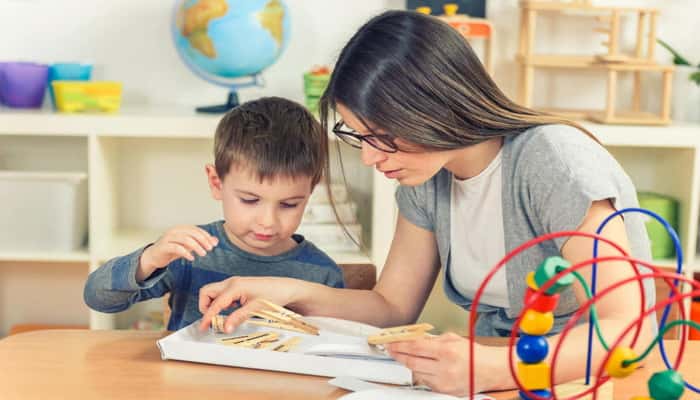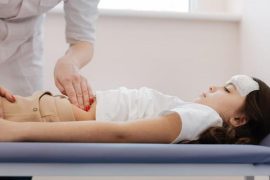Зміст
Preschool age in the context of a whole life is very important for a young person. This is when there is a strong development that can be divided into four areas. Proper stimulation of each lead to the desired behavior towards the preschooler. This is known not only to parents, but also to the entire kindergarten team, which introduces their knowledge into the curricula. Let’s see what these areas are.
Physical development of a preschooler
In the preschool period, rapid physical development occurs – the child has all the milk teeth, moves freely and is quite independent in circulation. Its silhouette changes, the brain part of the skull increases, and changes in the neural system are also visible, for example, there is an increase in the number of synapses and synchronization of activity in various areas of the brain.
From about 5 years old, we can talk about the best period of human motor development – a preschooler is characterized by a craving for movement. He’s perfecting known activities like walking and running and learning new combinations – running the ball or grabbing it and throwing it. He also learns to skate, bike, swim, and dance – which uses various methods of work to stimulate the development of preschool children.
Intellectual development of the preschooler
Improving perceptual skills, orientation in time and space, as well as the formation of memory strategies and basic thought actions, in turn, are features of intellectual development. At the end of early childhood, the child is able to classify and rank, for example, by comparing dolls next to each other that differ in size or color of machines. On the other hand, older children rank empirically, by trial and error, for example, building rows of sticks from the smallest to the largest.
In preschool, brain maturation is facilitated by sensory memory, through which children can recognize letters and geometric figures, as well as distinguish between colors and colors and master their names. The preschooler also develops orientation in space, and communication ability is significantly improved. He also learns to take into account the addressee’s point of view – listen and analyze, ask a lot. Growing cognitive curiosity and neural changes in the brain lead to the development of speech, vocabulary, social skills and reasoning about the world.
Social development of the preschooler
The first days in kindergarten are associated with social development. During this time, the child must find a place in the new group, integrating with it by assimilating patterns of experience, thinking, and action in various situations. In addition to being a son, granddaughter and brother or daughter, granddaughter and sister, she takes on the role of a colleague. Through contacts with other children, he expands the repertoire of his behavior, learns about team games and makes new acquaintances, and can develop into friendships, which, in the teenager’s understanding, usually consist in playing together and exchanging toys.
Preschool’s emotional development
Along with physical, intellectual and social development, emotional development is also progressing in the preschool period. This includes getting to know your own emotions and understanding them in others. As children grow older, they learn that their emotional state depends mainly on their well-being, and not on external factors, such as peer joy or sadness. They also try to limit the expression of negative emotions, such as fear and anger.
Preschoolers also acquire remedial skills that allow them to manipulate the behavior of others by expressing their emotions, such as hugging or lowering their heads. Emotional development also promotes the ability to help, shared experiences, comfort others, and tease them. In the preschool period, various kinds of fears may also arise related to the imagination of babies.
This article is extremely informative in nature, in sovetplus.com we have no right to prescribe any treatment or make any diagnosis. It is necessary to consult a doctor in case of any type of condition or discomfort.
If you want to read more articles similar to “How to stimulate the physical, intellectual, social and emotional development of a preschooler?” we recommend you visit our “Mom and Baby” category.








